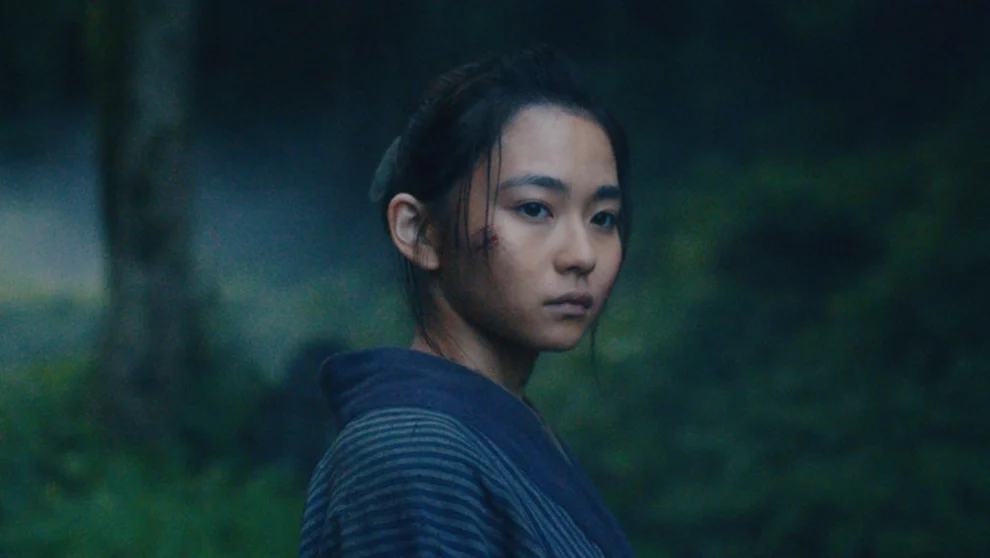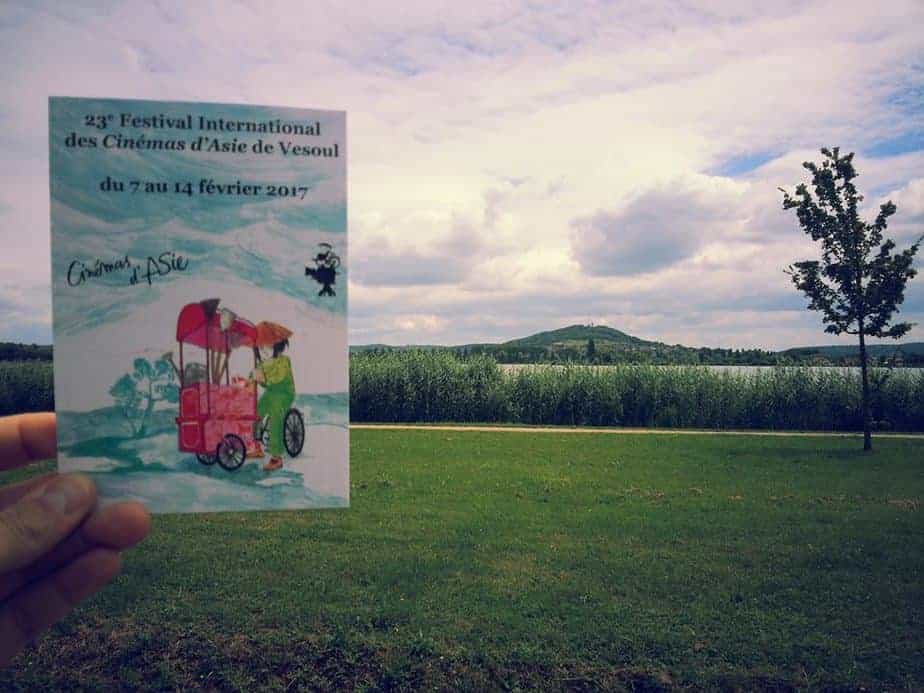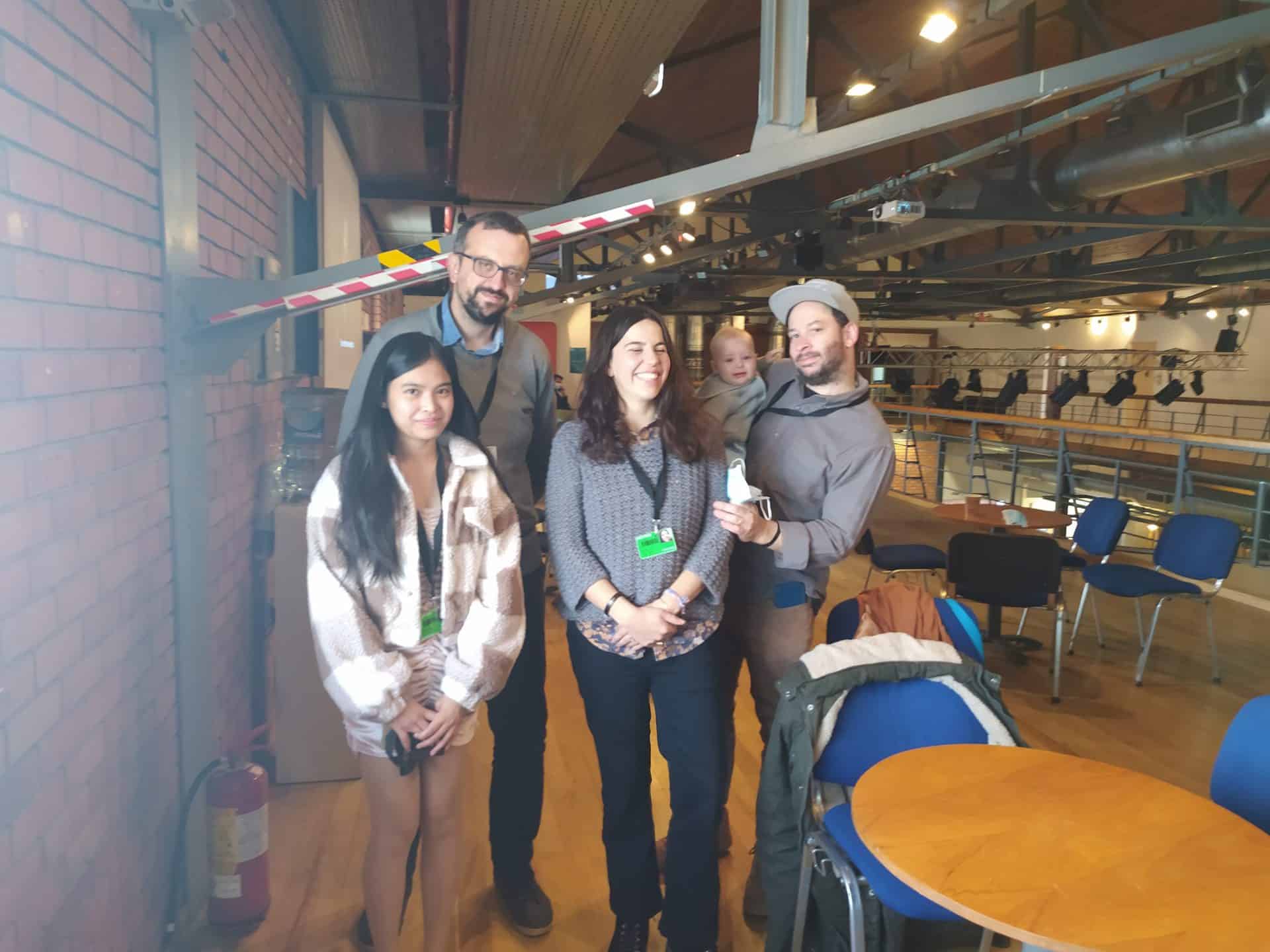With a focus on diversity, “Nippon Connection” once more cements its position as the biggest Japanese cinema festival in Europe. The selection is as interesting as always, although the current state of Japanese cinema and the fact that Cannes take place pretty close to the festival, did not allow to include some of the biggest latest titles, such as the ones from Takeshi Kitano and Hirokazu Koreeda. Nevertheless, a number of gems are here once more, the articles of which are included in the list below.
Click on the titles for the full articles.
1. Single8 (2023) by Kazuya Konaka
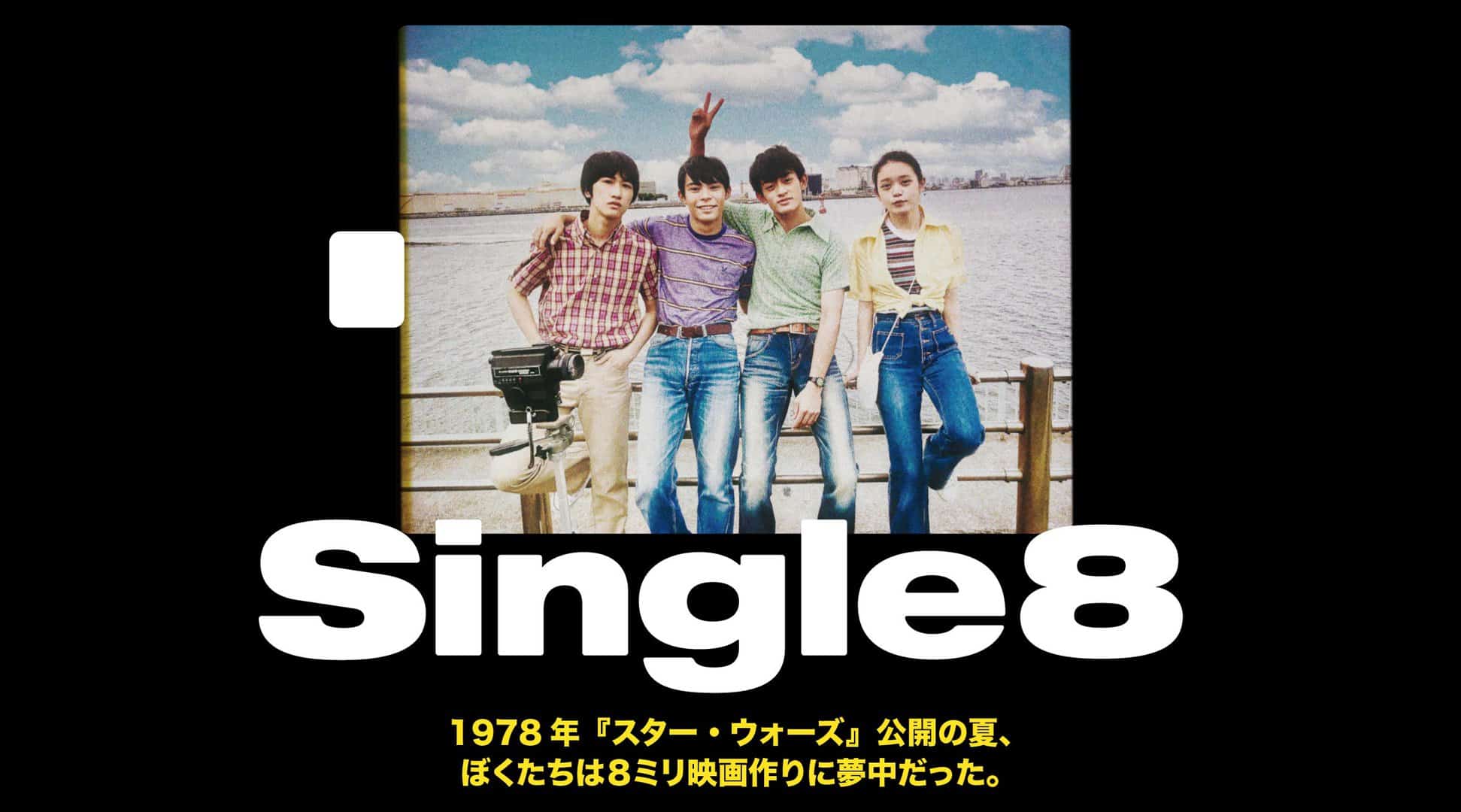
A coming-of-age story veiled as a love-letter to movie-making, ‘Single8′ wears it passions on its sleeve, following its cast as they mature from avid enthusiasts to storytellers in their own right. Director Kazuya Konaka, of whose teenage years the film is based on, captures their passions and determination with an inquisitive zeal, yearning for each new hurdle to reveal itself – whether it is the constraints of their diminutive budget or correcting the mirrored imagery resulting in shooting footage upside down – and be imaginatively solved as a growing collective. As Hiroshi's influences begin to dissolve into the background throughout the films runtime, his visionary ideas and that of his cohorts are given space to grow on their own, resulting in a witty, endearing, and inventive final piece with a message as poignant back in 1978 as it is today. (JC Cansdale)
2. Our Huff and Puff Journey (2015) by Daigo Matsui
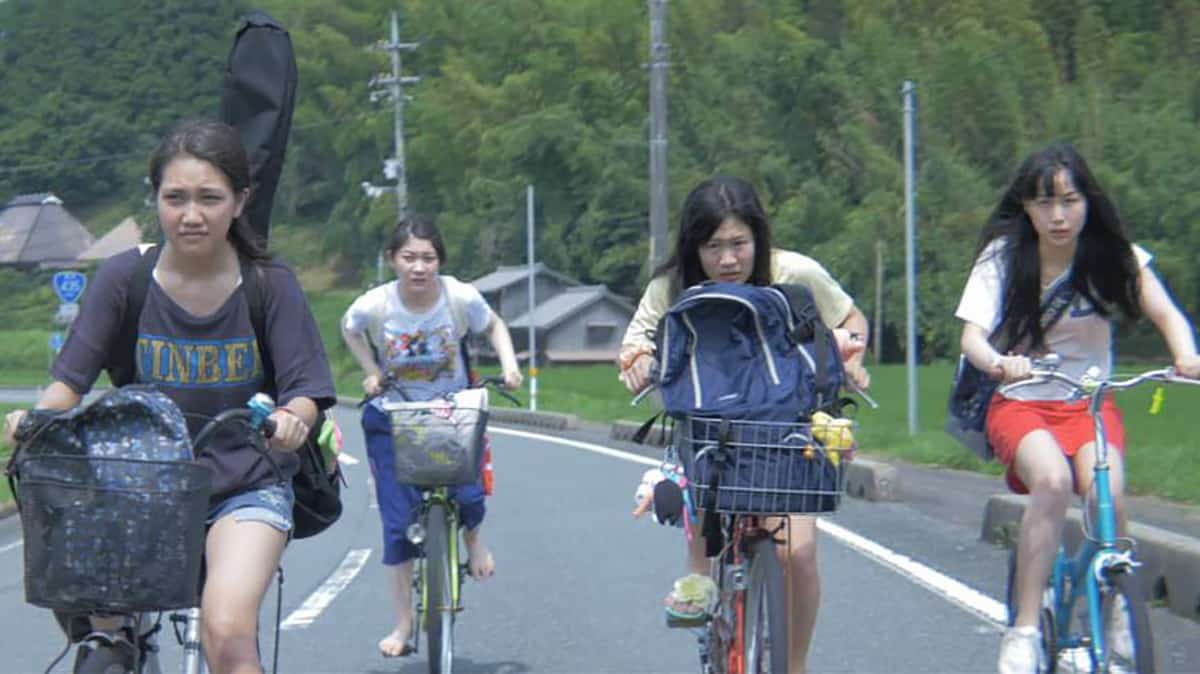
Huffing and puffing, the heroines of Matsui's film are going through an experience that will change them for ever. A bit travelogue, very much a coming-of-age tale, “Our Huff and Puff Journey” follows four well-built characters in a journey that gradually shifts the focus from the destination to the journey itself, delivering an acute observation of the disillusions, the painful path of self-discovery but also the sense of clarity and reinforcement of the positives. In parallel, Matsui has also focused his critique on social media and on the Japanese pop music industry and the sometimes toxic interaction between the two. (Adriana Rosati)
3. Twenty-Four Eyes (1954) by Keisuke Kinoshita
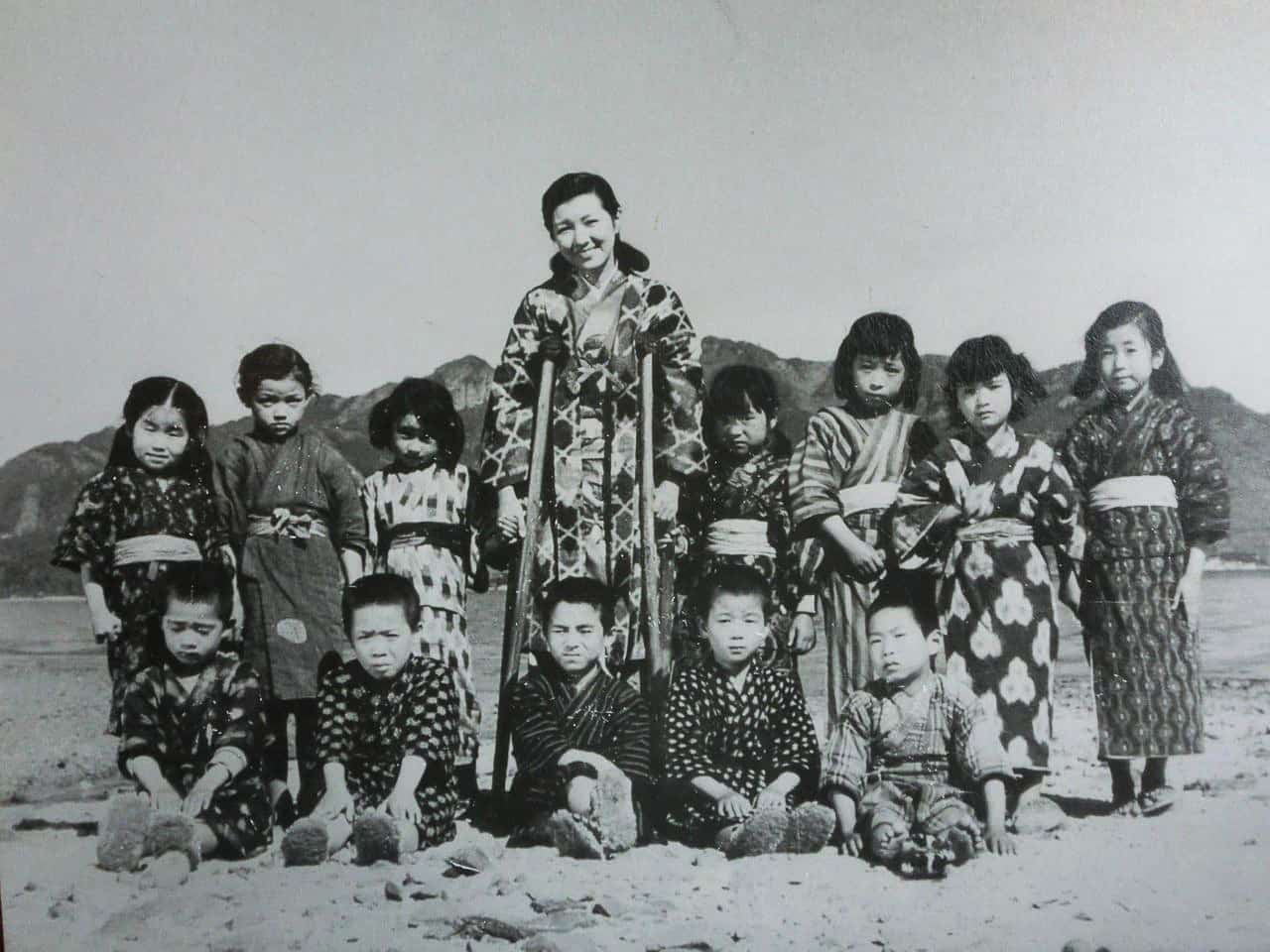
From start to finish, “Twenty-Four Eyes” is an emotional journey. For one thing, Hisako Oishi prioritizes presenting a positive outlook on life to the children she teaches, which is beautiful, and the bond the kids form with her is heartwarming. Yet, the movie is also raw in its look at harsh realities, such as coming to terms with aging and accepting life and death. In addition, the film is a somber look at ultra-nationalism and war, its negative effects on society, and its toll on the human condition. Keisuke Kinoshita promotes themes of anti-militarism and pacifism, along with female empowerment. Oishi is a strong-willed woman who stands by her good-natured beliefs and is committed to ensuring a positive worldview for her students, an aspect of the picture that gripped many female audiences when it was released. When combined, all these elements make the film all the more three-dimensional and engaging as a powerful anti-war drama. (Sean Barry)
4. Remembering Every Night (2022) by Yui Kiyohara
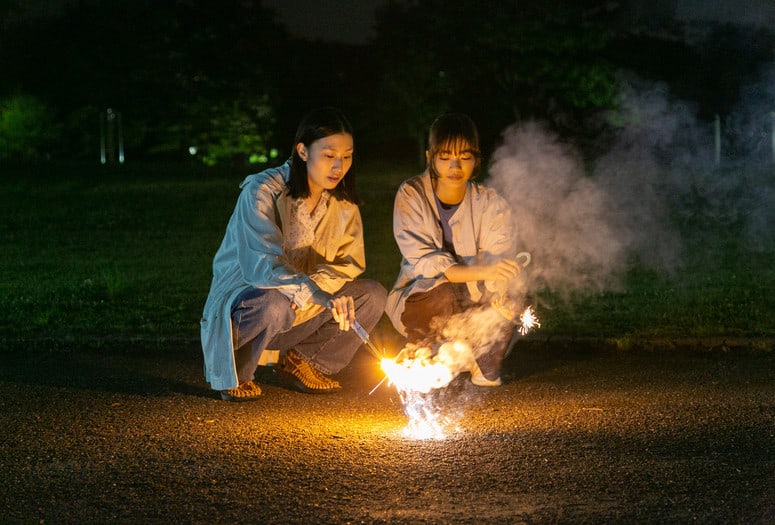
“Remembering Every Night” may not be a groundbreaking and memorable work, but it offers a refreshing and light-hearted experience that we didn't know we needed. Kiyohara avoids presenting established themes in an overt and forced manner, allowing life and its spontaneous, uncalculated scenes to take center stage in the film's composition. She openly expressed her desire for the audience to interpret the film themselves, rather than being manipulated into a specific understanding that she was pursuing. As a result, viewers are relieved from the burden of constantly deciphering deeper meanings and are instead encouraged to simply observe life as it unfolds. If we were to compare this viewing experience to human activity, “Remembering Every Night” would be a stroll in a park on a tranquil summer afternoon. (Siria Falleroni)
5. Hoarder on the Border (2022) by Takayuki Kayano
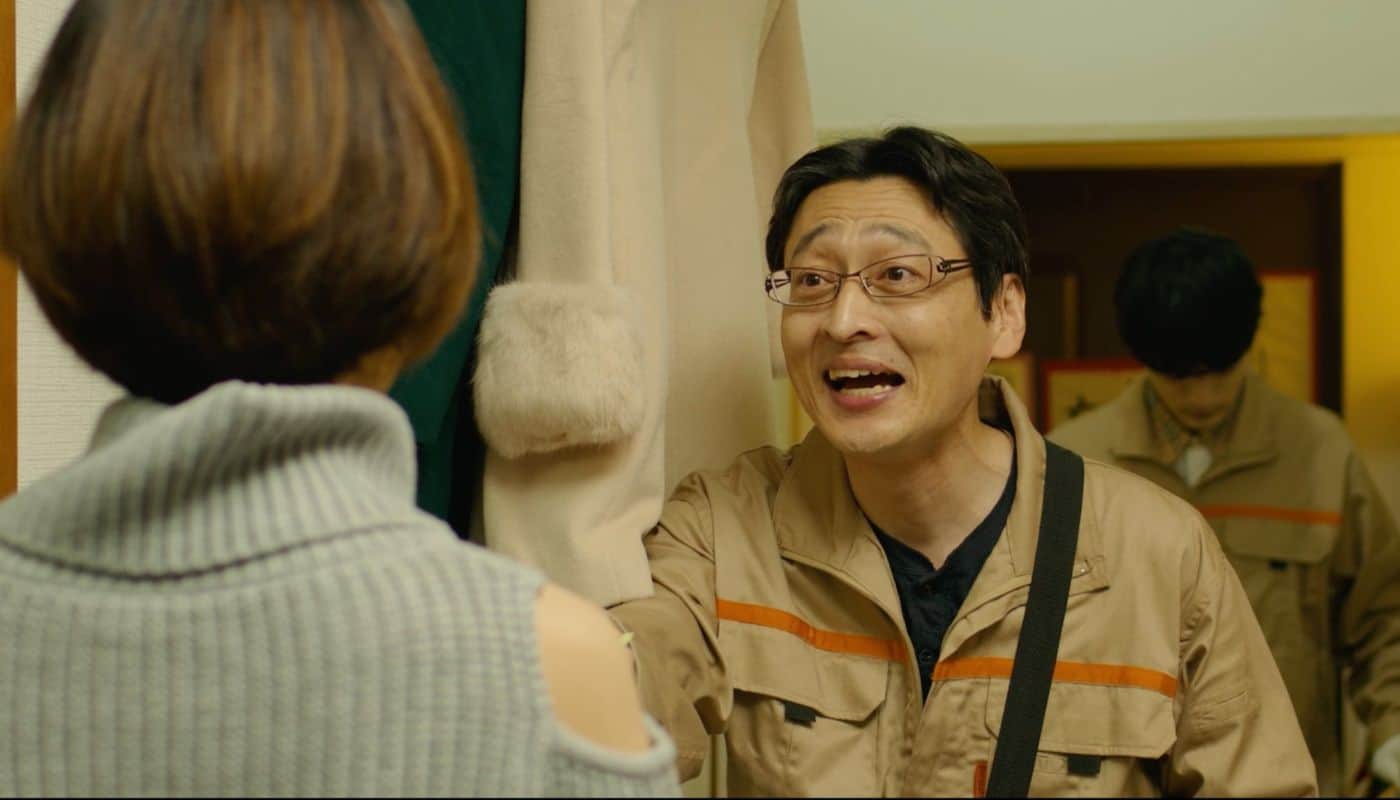
“Hoarder on the Border” certainly has its merits, from the way it balances humor with sincerity to the strong performances, but the overall experience largely lies in tedium due to its structure that does not allow the viewer to gain a deeper understanding of its eccentric characters that appear throughout. While disregarding the production entirely for its shortcomings is foolhardy, the film can still be appreciated if approached with patience and putting emphasis on the desirable elements. Moreover, those who have dealt firsthand with obsessive hoarding may find catharsis in giving the characters redemptive arcs and portraying them as human, even if this aspect fails for those with only a passing interest in the mental affliction. (Adam Symchuk)
6. Tokyo Uber Blues (2022) by Taku Aoyagi

What makes “Tokyo Uber Blues” special is its realistic approach, but even more so its honesty. Aoyagi does not shy away from the hurdles in the journey he shows, which includes portraying rather stupid and naive decisions, some of which can be boiled down to his lack of life experience at that specific point. Although some are humorous, as a result of the director's unwillingness to back down from his initial plan, others are quite heart-breaking, especially when you witness the emotional change in this young man, who you really want to succeed and conclude the “quest” he has given himself. (Rouven Linnarz)
7. Mondays: See You “This” Week! (2022) by Ryo Takebayashi

This no-nonsense, quick-fire approach to comedy works swimmingly in “Mondays: See You “This” Week!”, ensuring the quirky comedy never falls into tedium or predictability. Moreover, the film offers a heartwarming turn of events to add some needed sentimentality to the, otherwise, absurdist comedy. While it is difficult to point to one instance to highlight the comedic charm of the work, given the abundance of them, the joy of the movie really comes from learning more about the various staffers as they are forced into becoming more familiar with each other on a personal level to gain trust and plan their ultimate breach of the time loop. As such, the performances from each actor are essential to creating and keeping the comedic flow lively. (Adam Symchuk)
8. Thorns of Beauty (2023) by Hideo Jojo
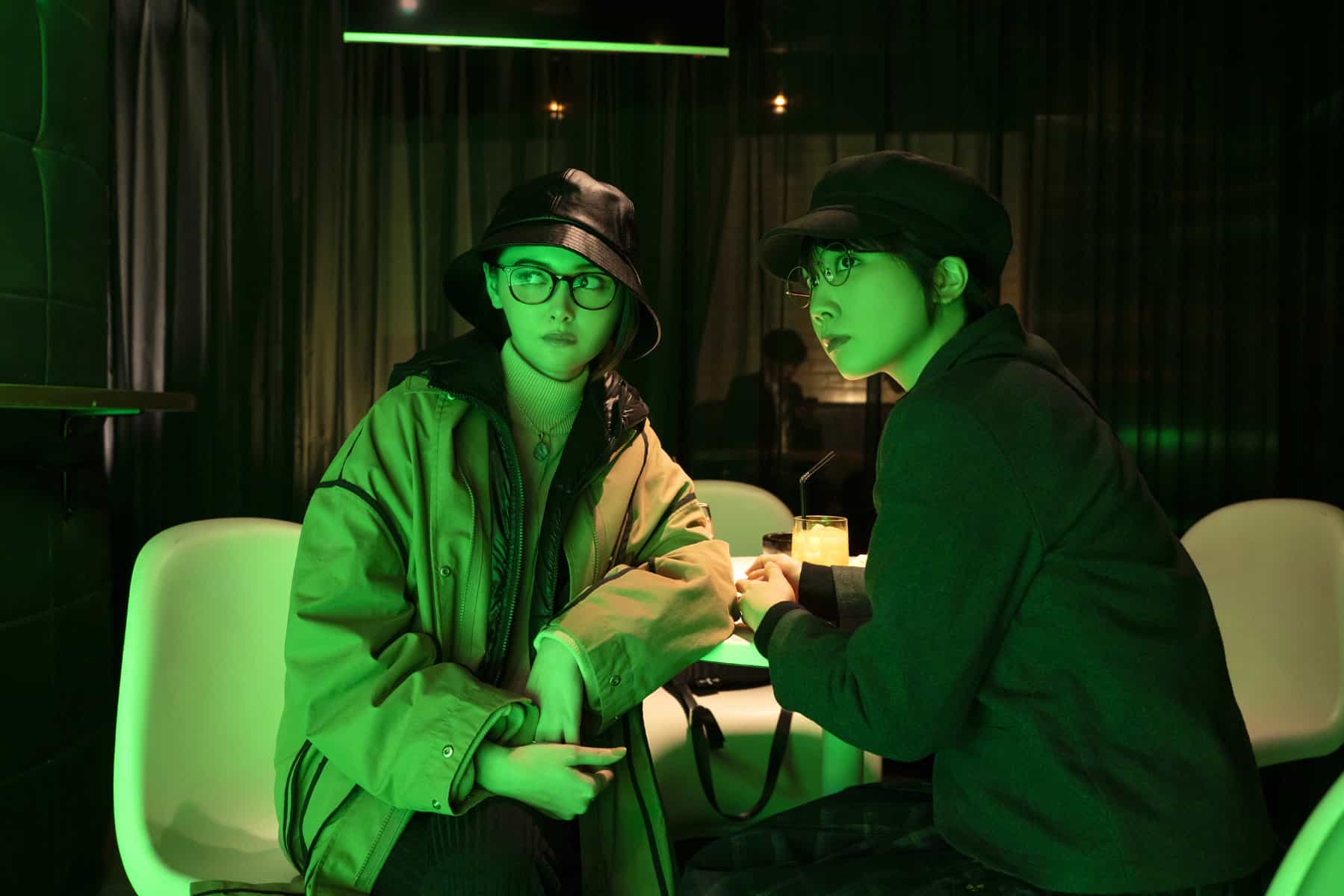
“Thorns of Beauty” has its issues regarding the script, particularly since some of the questions raised are never answered, but in general, emerges as an entertaining comedy/drama that also manages not to overstay its welcome, at 98 minutes. In the end, the comments about relationships and the performances of the two protagonists are reason enough for someone to watch the movie. (Panos Kotzathanasis)
9. Mountain Woman (2022) by Takeshi Fukunaga
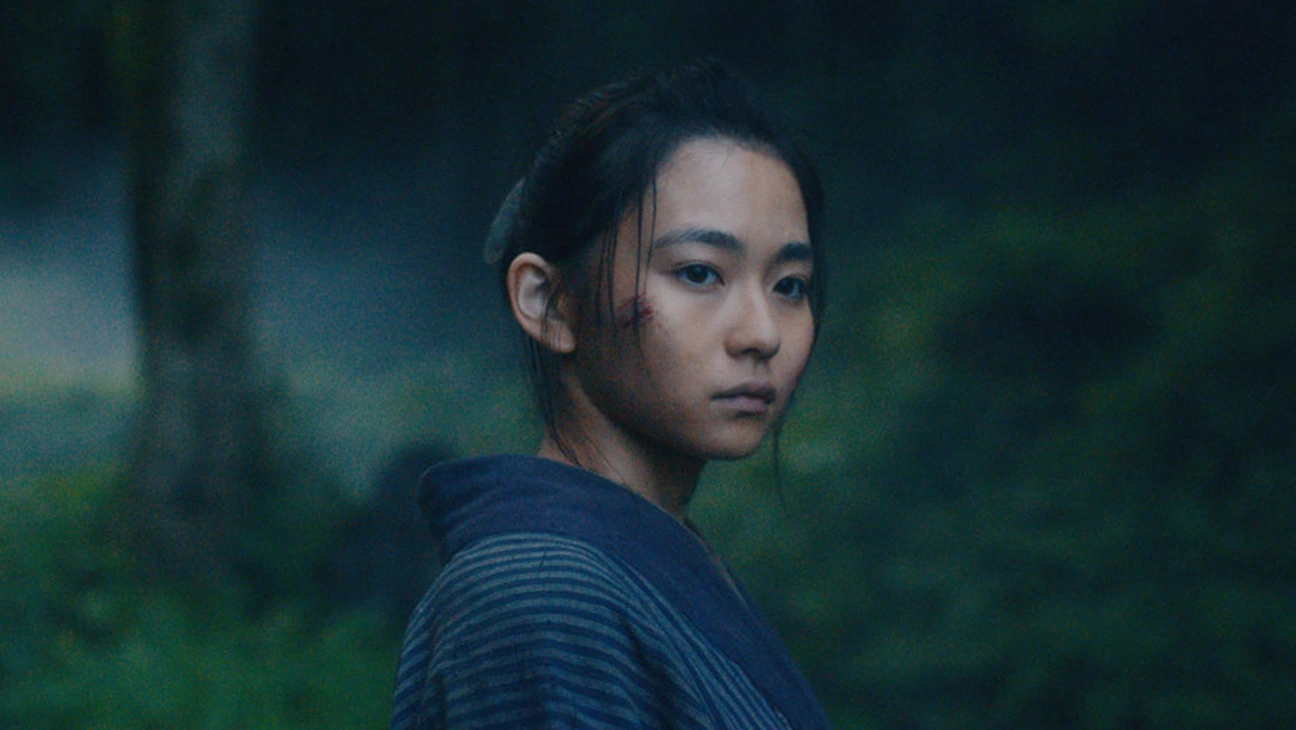
As some of the best period films do, “Mountain Woman” takes its historical setting and uses it to explore contemporary concerns of the individual and society. Hereditary guilt, social ostracization, and questions concerning religion all come to the fore in Takeshi Fukunaga‘s methodical feature. Some strikingly grizzled performances and gorgeous scenery complement an already stimulating narrative, all serving to make “Mountain Woman” a remarkably poignant period drama. (Tom Wilmot)
10. Scary Friend (2023) by Takara Mineo and Naohiro Takahashi

Featuring a lot to like while being somewhat hard to get into for those reasons, “Scary Friend” is a fun, if not hard, film to get into. The main ones this will be for are the viewers who are fine with the featured idea here or are just general fans of bizarre Asian cinema. (Don Anelli)
11. Lonely Castle in the Mirror (2022) by Keiichi Hara
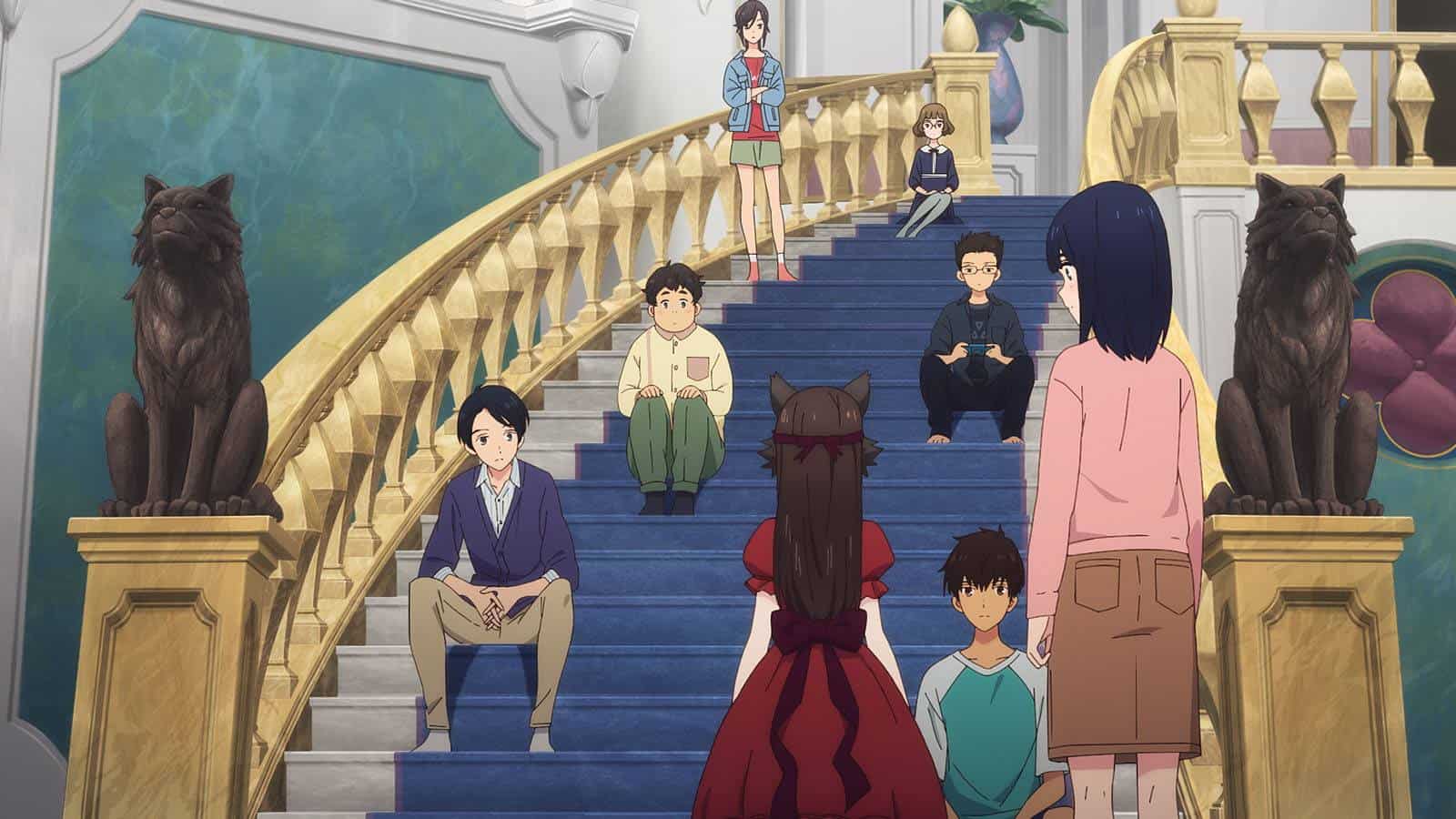
The novel touches some of the serious topics from daily life of the youth in Japan and basically everywhere in the fully developed world, such as bullying, peer pressure, distance or absence of parents and dealing with loss, while the film tries to do so as well, in an equally compelling fashion. The trouble is Miho Maruo's adaptation of the source into the screenplay which is too literal in building up to and serving plot twists in the second half and stretched in order to provide all the characters with a convincing back story. In some cases, it succeeds, in others it does not, but the damage is done already with its runtime stretched from ideal 80 or so minutes to nearly 120. (Marko Stojiljković)
12. Spring in Between (2022) by Rika Katsu
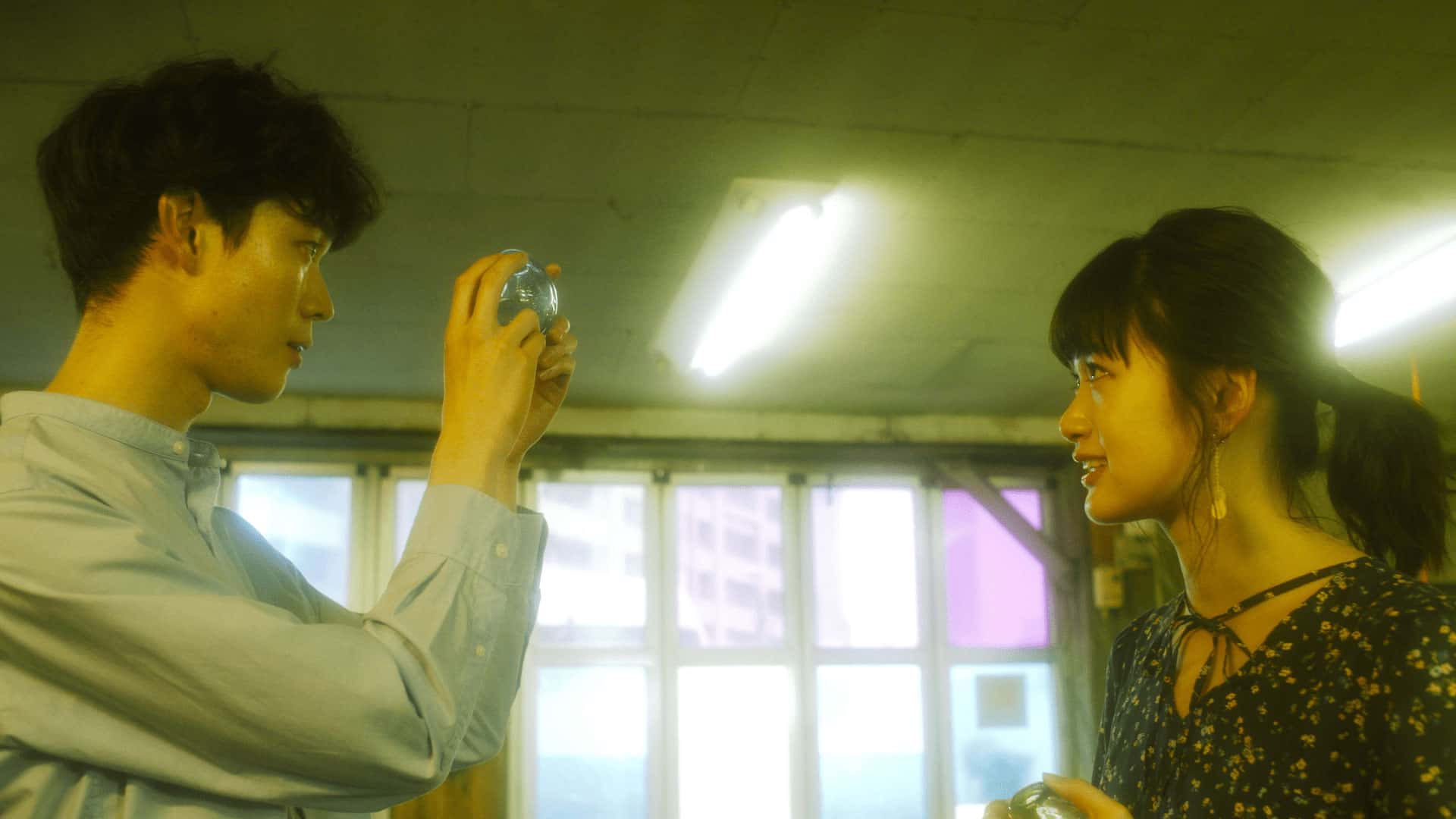
Working with her own script, Katsu manages to treat her characters with gentleness and even empathy, making their interest in each other seem genuine. The trouble is that, after a refreshing and promising start, she starts relying more and more on the romantic drama clichés in terms of building up the events. However, the wordplay between the protagonist's name (Haru means “spring” in Japanese) and her romantic interest's obsession with natural phenomena, including cherry tree blossom in springtime add up to another meaning of the title, quite poetically so. (Marko Stojiljković)
13. Maelstrom (2023) by Mizuko Yamaoka
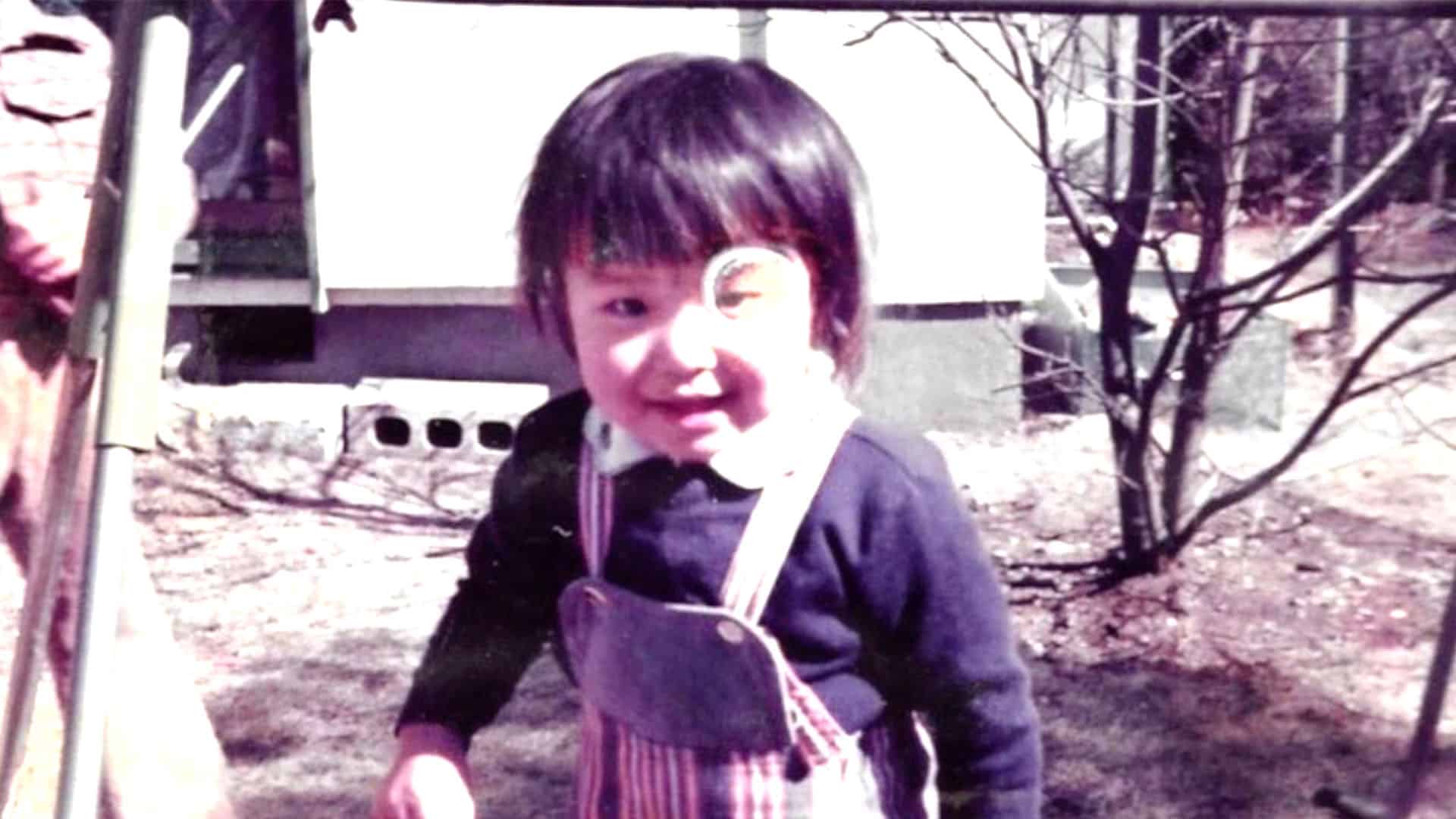
Shots of waves linger behind scenes throughout, and there is always something beneath the surface. As much a critique of the changing face of Japan, we see elements of Japanese society, such as demolishing and rebuilding family homes brought into view. This idea of a limited lifespan and the need to move-on defines Yamaoka's life, as she once again tries to start-up on her own. However, now she sees that the old life will always be part of her, and this new perspective brings with it a greater sense of family and home. (Andrew Thayne)
14. Gold Kingdom and Water Kingdom (2023) by Kotono Watanabe
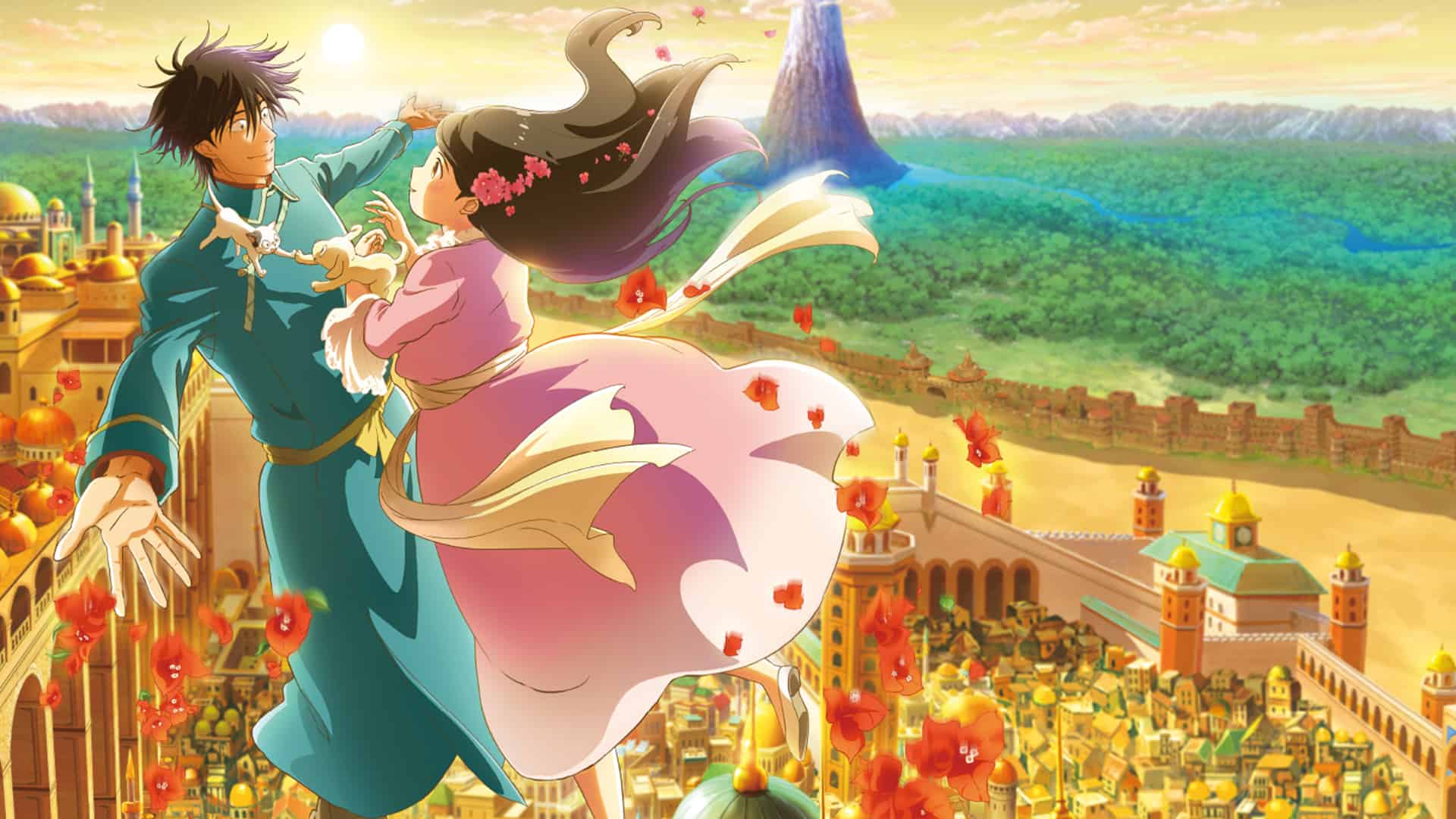
The divide between the two kingdoms makes up the backbone of the narrative, with the shady political elements taking up a surprising amount of time. However, there's no real meat on the bones to this feud. Aside from some knee-jerk insults and assumptions, it never feels as though there's any real danger of a war breaking out between the kingdoms. On the contrary, the citizens of both Alhamit and Balkari are quite warm and welcoming towards both Sara and Naranbayar. (Ton Wilmot)
15. Umui – Guardians of Traditions (2022) by Daniel López
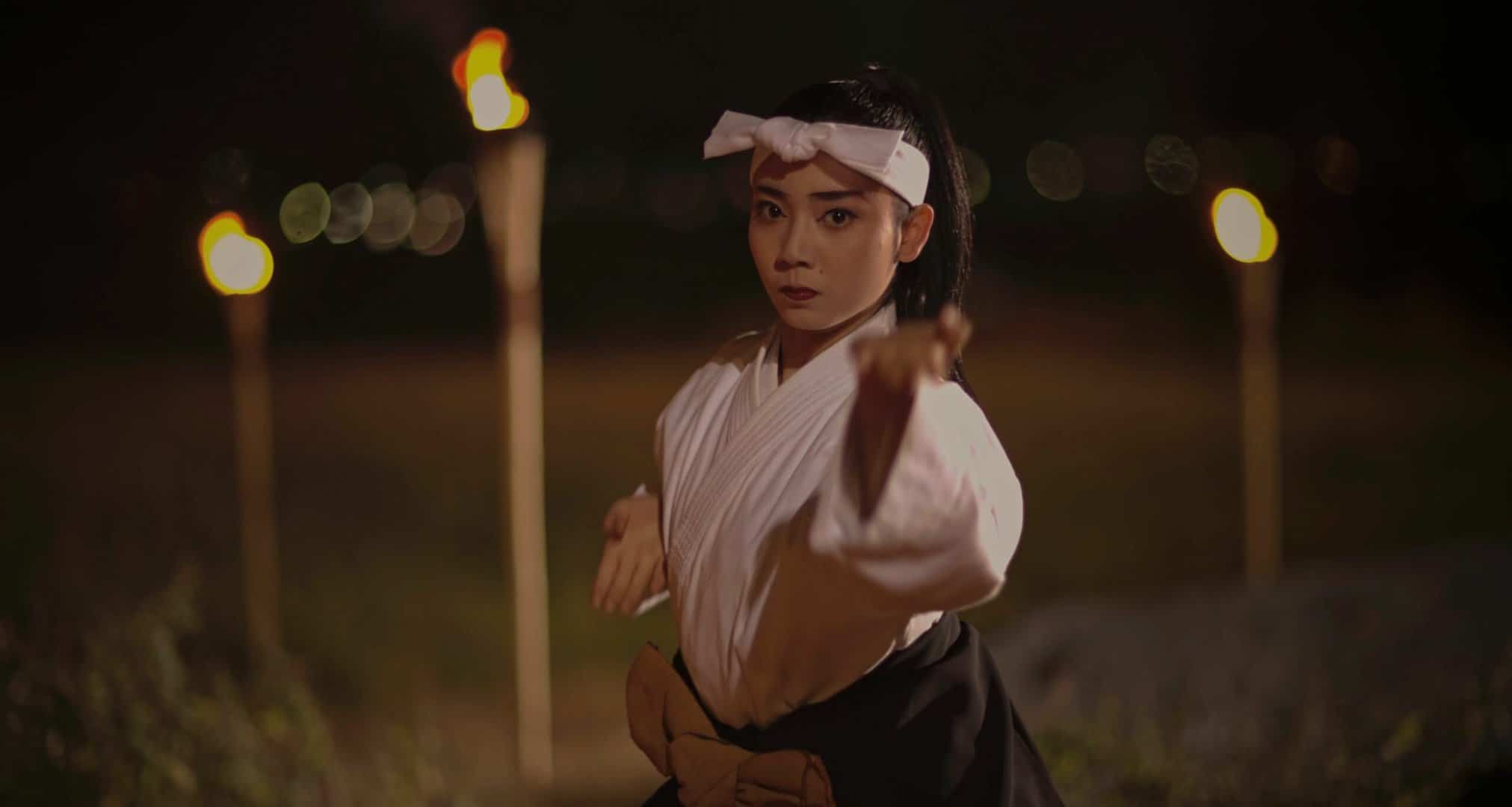
Apart from taking a closer look at these traditions and how people are connected to them, López seems to raise a question quite relevant in our times. With cultural narratives becoming extinct, there are very few left to preserve them and keep them alive, making the task of teaching the young generation even more vital, as cultural identity is directly linked to personal identity and growth, with the various people shown in the documentary being good examples to this idea. (Rouven Linnarz)
16. A Son (2022) by Ryuichi Shimada
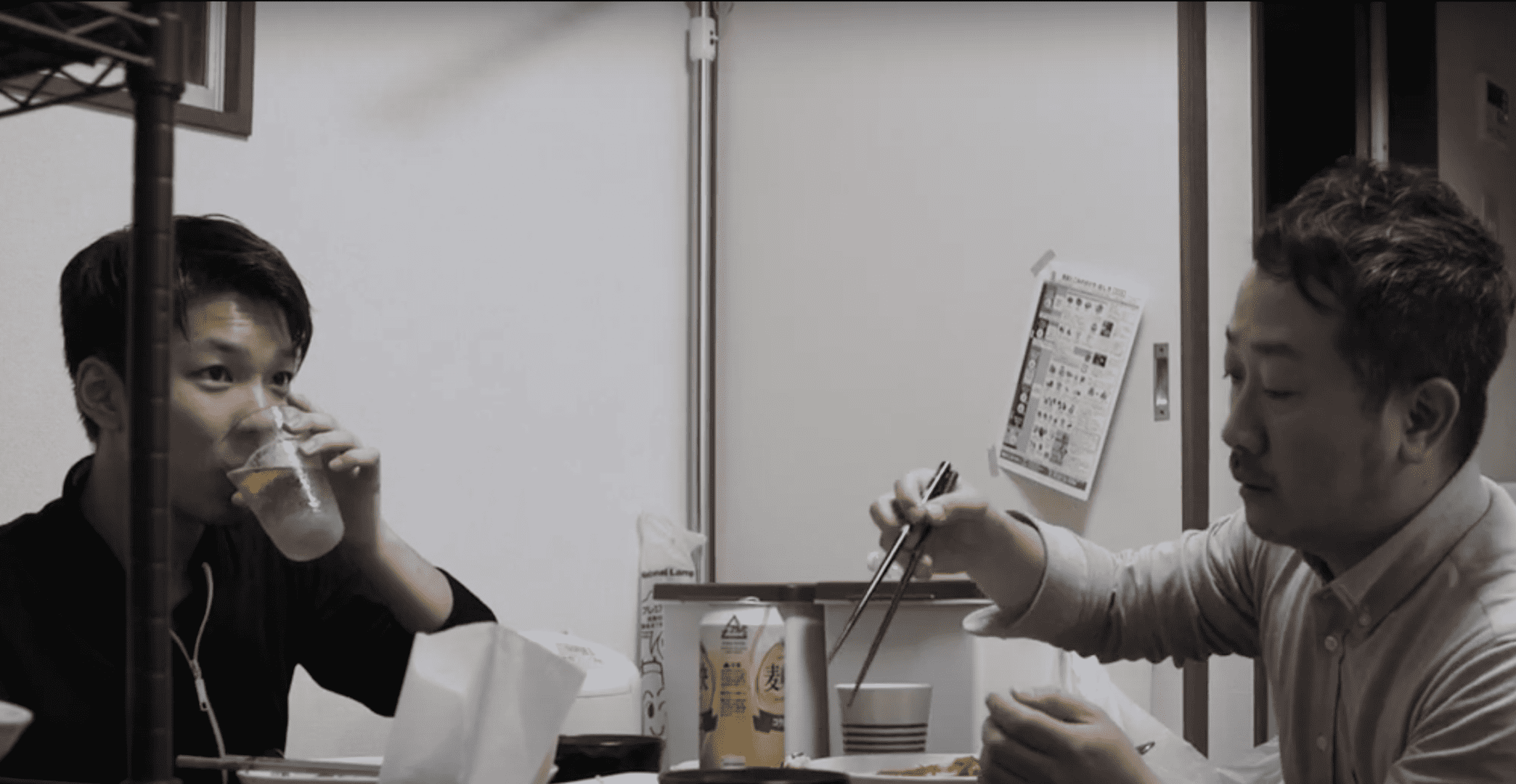
The documentary focuses on Yuki Amiya, a gay man who works at an organization which helps young people find their footing in the society after having to mandatorily leave foster homes after reaching a certain age. Amiya adopts Wataru, a product of such system who has also seen his fill of detention facilities, having committed some felonies. Wataru seems detached but is very passionate about turning his life around, with him saying in one of the most memorable moments in the film that he does not want his past to define who he could be in the future. (Purple Romero)
17. Roleless (2023) by Masahiko Sato, Yutaro Seki and Kentaro Hirase
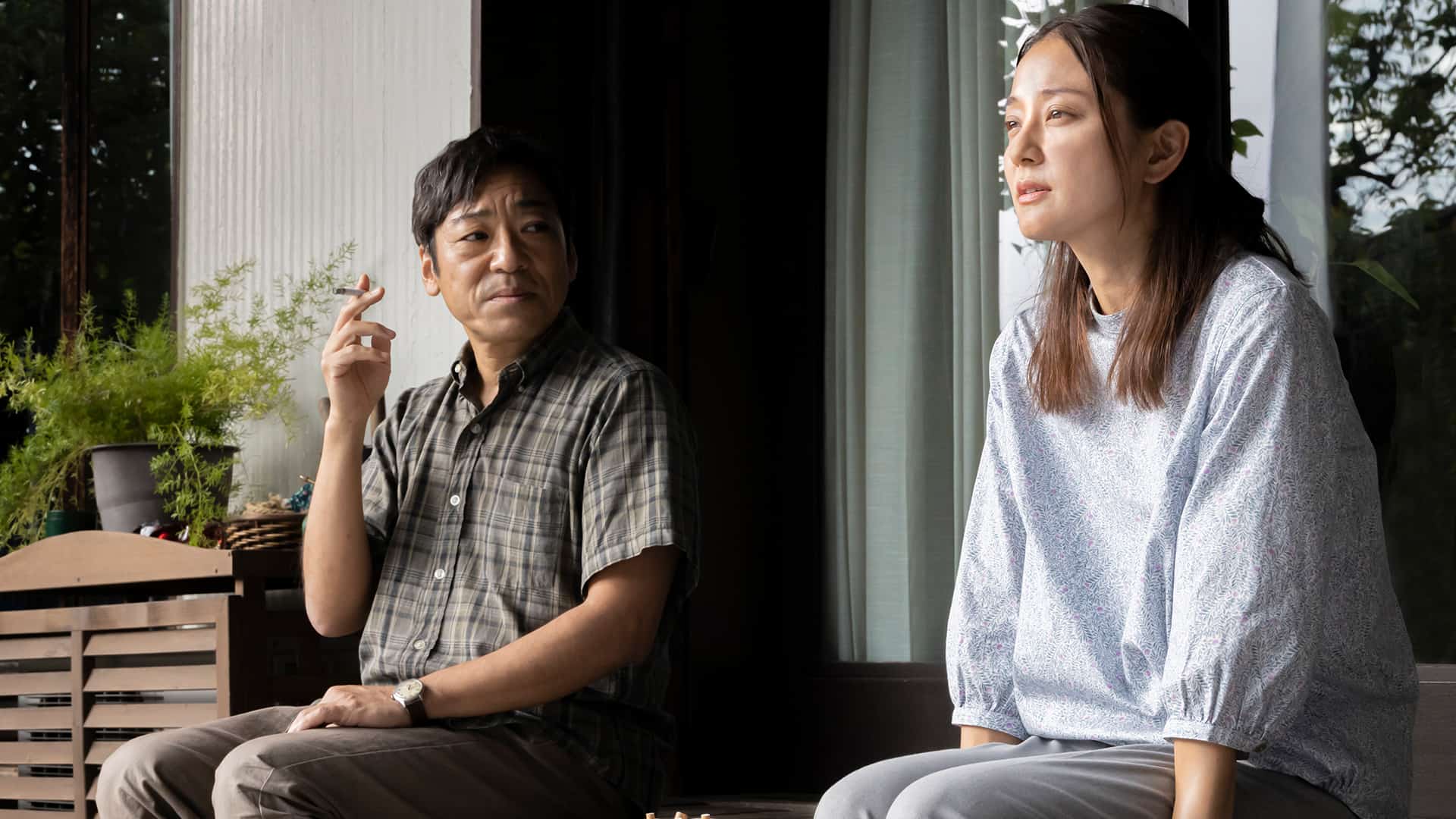
“Roleless” may be a bit ‘too Japanese' on occasion, but the combination that makes up its narrative actually works quite well, while the movie deserves a look just for the performance of Teruyuki Kagawa. Fans of modern Japanese cinema will find very little not to like here. (Panos Kotzathanasis)
18. Sumikko Gurashi: The Little Wizard In The Blue Moonlight (2021) by Takahiro Omori
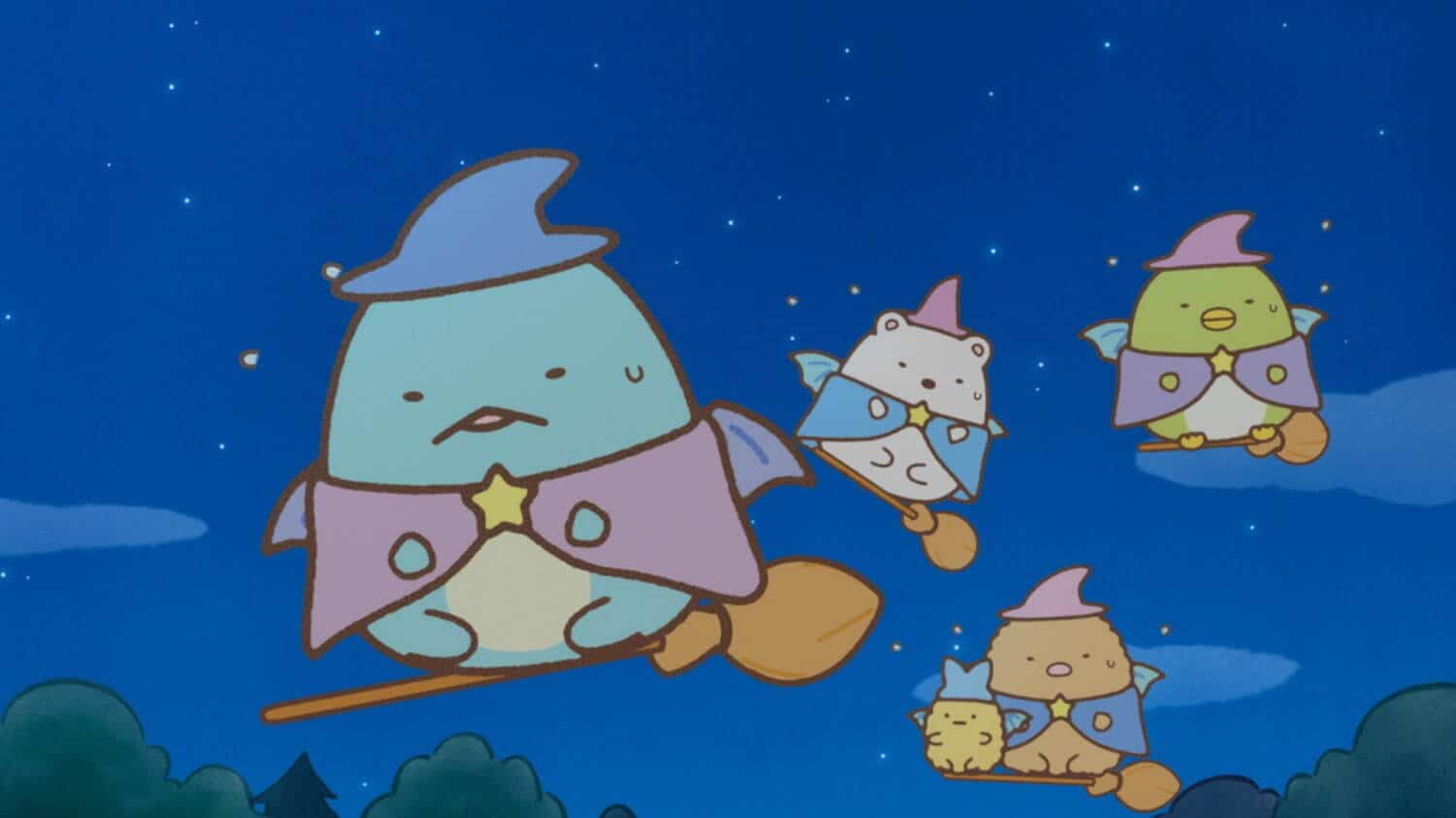
The pacing adheres to this light tone. Moreover, the viewing experience can be compared to a relaxing stroll, getting to know new friends that are the sumikko. These numerous characters present rather simple characteristics. Limited in personality as they may be, the cast's distinct desires play a key role in the movie's appeal. Some hopes result in comedy such as Tonkatu's longing to be eaten. Meanwhile, characters like Penguin who struggle to grasp a sense of identity may connect with viewers. Speaking of identity, that is one of the film's strongest aspects. The story follows a cast of misfits who lack satisfaction in their current condition. This unifying quality of the characters results in a homey mood for those who feel like outsiders. The message too encourages such an audience. Even if the characters face challenges in their effort to achieve their dreams, these goals define who they are. The narrative asserts that aspirations yet to be fulfilled imbue value in their beholder by means of motivation. (Aaron Hinojosa)
19. My Anniversaries (2021) by Kim Sung-woong

As such, the documentary focuses on three different axes. The first one is, expectedly, the case of Sakurai and how he was wrongly accused and spent almost three decades in prison. Footage from the case, and the whole setting that led to his incarceration are highlighted quite eloquently throughout the movie. The second is his life both inside and outside prison, and the ways he eventually managed to stay optimistic by “indulging” in prison labor and music club activities, all the while, coming up with a motto he carried for the rest of his life: “No matter how unreasonable the circumstances are, you can still find joy and happiness.” Furthermore, this aspect also deals with his efforts to help other convicts in the same circumstances as him, which brings us to the third axis, that of the rest of the “protagonists” of the film, their struggles to prove their innocence, and how life in prison took an intense toll on them. The case of Iwao Hakamada, the longest held man on death row, emerges as central in that regard, in a story that has also been presented in another documentary by Louis Dai in 2021.
20. Baby Assassins 2 Babies (2023) by Yugo Sakamoto
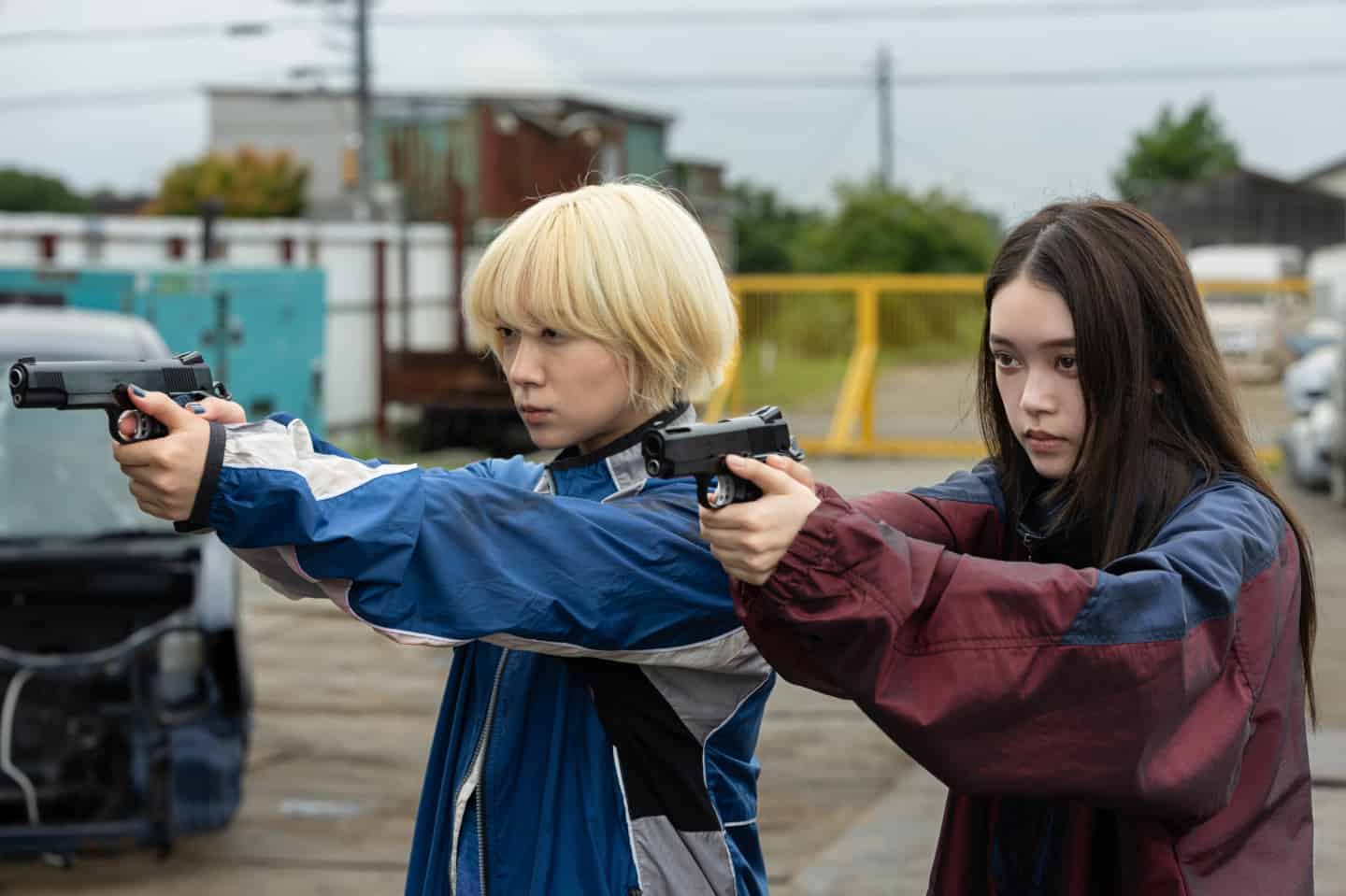
You know you're watching a different feature but very much in the same universe right from the opening scene. Where the first one began with a pretty impressive, precisely executed fight sequence featuring Mahiro, “2 Babies” too opens on an action piece, only this time a rather chaotic and messy one which introduces us to Yuri and Makoto, who're eager but clearly not in the same league as our leads. Gone are the rather extravagant yakuza antagonists and this time, you have two very likeable ones in the two male assassins. This provides for interesting human dynamics, because in any other feature, one might easily find themselves rooting for these two instead. Even here, there are a number of moments where the audience cannot help but do so. A number of moments that humanize these characters, not least Makoto's pursuit of the restaurant waitress, which only help in further endearing these characters to the audience, bolstered further by Joey Iwanaga and Tatsuomi Hamada‘s engaging performances. (Rhythm Zaveri)
21. Future Boy Conan (1978) by Hayao Miyazaki
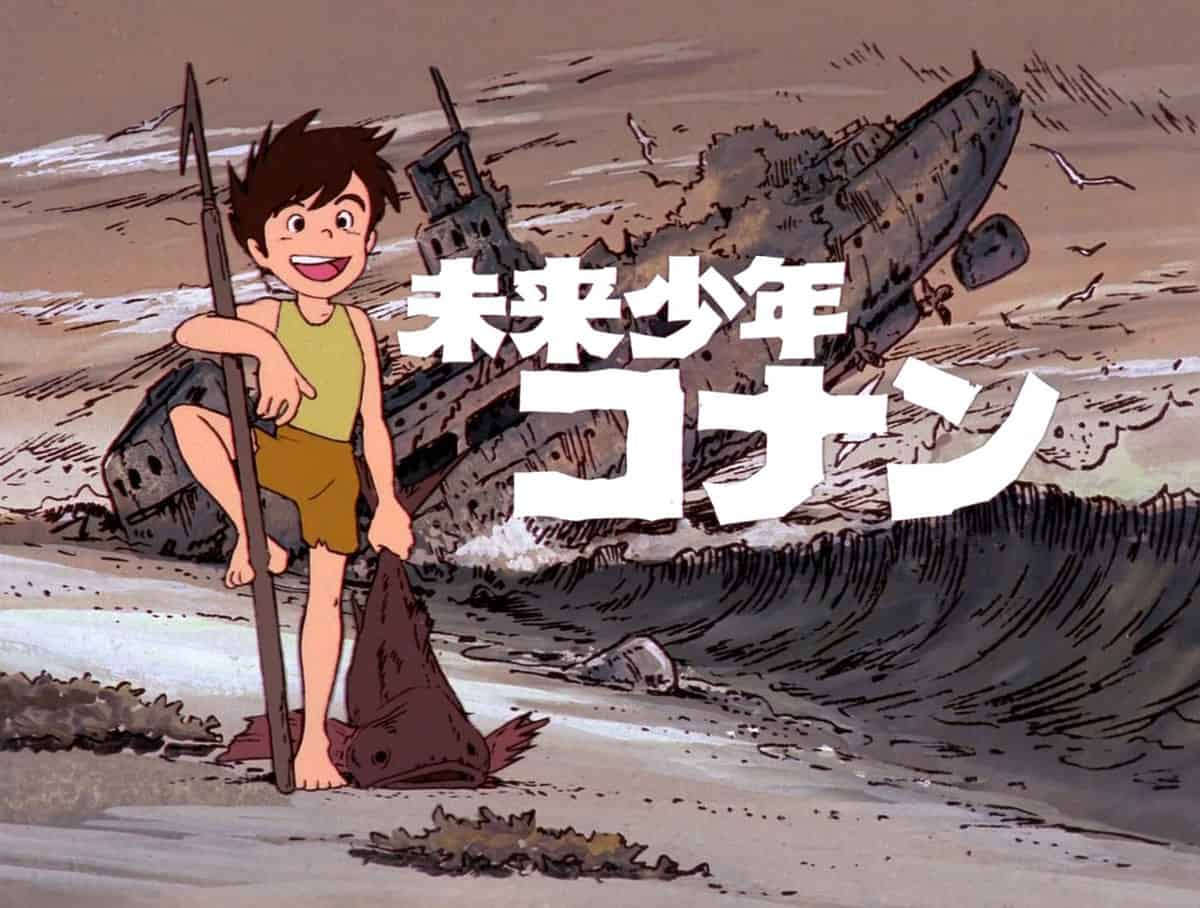
The attraction to “Future Boy Conan” isn't the plot, so much as it is the charm of its director. The Miyazaki who directs “Future Boy Conan” is the same Miyazaki of “Spirited Away” and “Porco Rosso”, both in style and skill, if only a bit younger. Characters are expressive, and the atmosphere is inviting; there is comfort in Miyazaki's apocalypse. It is a story told through its environments; the protagonist explores sunken cities, and overgrown villages, all hinting at a technological past which has been reset into a more nostalgic era, reminiscent of the Edo period. We, as the audience, are allowed to exist in these environments during the negative space between action set pieces. These moments of calm are categorized by the director as “Ma.” These are scenes in which the characters simply exist in their environment, attending to fires or sleeping in rocking chairs. Even in moments of tension, there is time to visit a grave and pay respects. (Palomo Linares)


